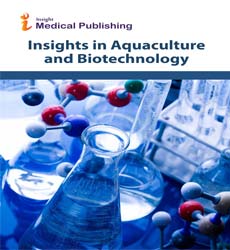Environmental sustainability of nile tilapia net-cage culture in a neotropical region
Abstract
The present study evaluated the environmental sustainability of Nile tilapia net-cage farms of different sizes by applying environmental sustainability indicators and exploring benchmarks combined with the indicators. One large-scale (LS), one medium-scale (MS), and two small-scale farms (SSI and SSII) placed in Southeastern Brazil were studied. Data from three batches were obtained from each farm during a production cycle, with durations ranging from 189 to 263 days, totaling twelve sample units for each variable. During fish production, samples of water, sediment, fish, feed, and greenhouse gases were collected and used to calculate the Environmental Sustainability Indicators (ESI). These indicators were grouped into five principles: the use of natural resources; efficiency in the use of resources; release of pollutants and unused by- products; pollutants accumulated on the bottom of the water body; conservation of genetic diversity and biodiversity. Each indicator was converted into a performance scale. Data of ESI obtained from each farm, and a literature review was used to develop a “standard” value, allowing the benchmarking of the environmental sustainability of the farms. The best environmentally sustainable index was obtained in the farm MS (87), followed by farm SSI (85), and the worst was farm SSII (73); farm LS achieved an index of 82. Farm SSI was positively influenced by the use of energy, nitrogen, phosphorus, and carbon, which was on average 17% lower than the other farms, and by the highest efficiency in the use of nitrogen and phosphorus (32.7% and 23.6%, respectively). Farm MS was positively influenced by the lowest phosphorus accumulation and organic matter (1 and 90 kg/t, respectively). Farm SSII was negatively influenced by the high levels of accumulated phosphorus and organic matter (10 and 723 kg/t, respectively). The results showed that environmental sustainability is independent of the farm size. Other factors, such as feed composition, management techniques, and water temperature, were more critical. The use of the benchmarking tool has shown to be a way to better use ESI to assess the sustainability of aquaculture in the absence of defined endpoints for each indicator. This tool provides a reference value for each environmental sustainability indicator, allowing improvements to reach desirable states.
Open Access Journals
- Aquaculture & Veterinary Science
- Chemistry & Chemical Sciences
- Clinical Sciences
- Engineering
- General Science
- Genetics & Molecular Biology
- Health Care & Nursing
- Immunology & Microbiology
- Materials Science
- Mathematics & Physics
- Medical Sciences
- Neurology & Psychiatry
- Oncology & Cancer Science
- Pharmaceutical Sciences
